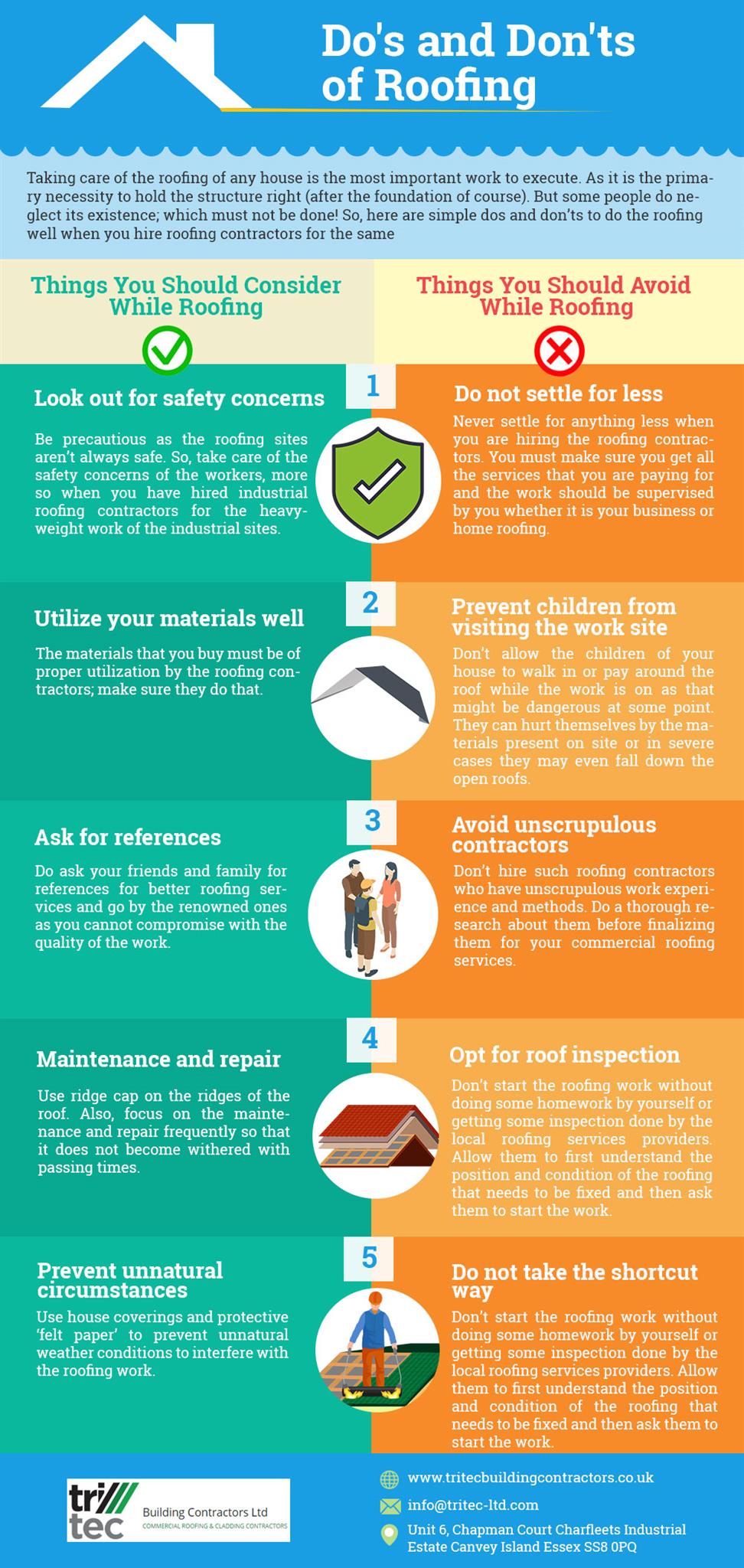Typical Errors In Roof Setup And Methods To Avoid Them
Typical Errors In Roof Setup And Methods To Avoid Them
Blog Article
Written By-Adamsen Miranda
When you're planning a roof setup, it's easy to ignore vital details that can bring about considerable issues down the line. You could be lured to reduce edges on material selection or skip correct blinking installation, yet these usual mistakes can result in costly repair work later on. Comprehending the importance of ventilation and adhering to local building codes is necessary for a successful job. So, what are the vital steps you should require to guarantee your roof stands the test of time? Let's check out some effective approaches to avoid these mistakes.
Poor Material Option
When it comes to roofing setup, picking the incorrect materials can lead to costly troubles down the line. You might assume that any type of roof covering product will do, but that's a common mistaken belief. It's critical to choose materials that match your regional climate and the specific requirements of your home.
For example, if you stay in a location with heavy rainfall or snow, opting for asphalt shingles may not be the very best option. Instead, take into consideration more resilient options like metal or slate.
Additionally, focus on the quality of the materials you're thinking about. Economical materials might save you cash upfront, but they commonly lack longevity and can result in regular repair work or substitutes.
You need to also think of the style of your home and make certain the products you pick will certainly keep its aesthetic appeal.
Ultimately, do not neglect to seek advice from experts. They can give useful understandings and recommend products that follow local building regulations.
Investing time in correct product selection now can help you prevent headaches and expenses in the future, making your roof project a success.
Inadequate Flashing Installation
Selecting the appropriate materials isn't the only aspect that can result in roof issues; inadequate blinking installation can also create substantial problems. Flashing is essential for guiding water away from vulnerable locations, such as smokeshafts, skylights, and roofing system valleys. If it's not mounted effectively, you take the chance of water breach, which can bring about mold and mildew growth and structural damages.
When roof cleaning san antonio tx mount flashing, guarantee it's the appropriate type for your roof covering's layout and the regional climate. For example, metal blinking is commonly a lot more durable than plastic in areas with heavy rainfall or snow. See to it the flashing overlaps suitably and is safeguarded securely to avoid voids where water can permeate through.
You must likewise take notice of the installation angle. please click the following page ought to be placed to direct water away from the house, not towards it.
If you're not sure concerning the installment procedure or the products needed, consult an expert. They can assist identify the best flashing alternatives and guarantee whatever is set up appropriately, securing your home from prospective water damages.
Taking these steps can conserve you time, cash, and headaches later on.
Neglecting Air Flow Requirements
While many property owners concentrate on the visual and structural facets of roof setup, neglecting ventilation requirements can bring about major long-term consequences. https://certifiedroofingcontracto39506.eedblog.com/33331440/discover-the-crucial-distinctions-in-between-metal-and-roof-shingles-roof-covering-to-identify-which-option-straightens-ideal-with-your-needs-and-monetary-strategy is crucial for controling temperature level and moisture degrees in your attic, avoiding concerns like mold growth, wood rot, and ice dams. If you don't install ample air flow, you're setting your roof up for failing.
To prevent this blunder, first, evaluate your home's particular air flow needs. A balanced system typically includes both intake and exhaust vents to advertise air flow. Guarantee you have actually installed soffit vents along the eaves and ridge vents at the peak of your roofing system. This mix allows hot air to run away while cooler air gets in, maintaining your attic space comfortable.
Likewise, think about the sort of roof product you have actually selected. Some materials might call for added air flow methods. Confirm your neighborhood building codes for ventilation standards, as they can vary dramatically.
Ultimately, do not fail to remember to examine your ventilation system routinely. Blockages from particles or insulation can hamper air flow, so maintain those vents clear.
Final thought
To conclude, avoiding typical roofing system installment blunders is key to ensuring your roofing system's long life and performance. By choosing the appropriate materials for your climate, setting up blinking properly, and resolving ventilation demands, you can prevent pricey concerns later on. Don't neglect to acquaint yourself with local building codes and routine routine inspections. With these steps, you'll enjoy a risk-free, sturdy roof covering that shields your home for many years to come. Delighted roof covering!
